
Safety First
Like a severe and utterly serious version of Stanley Kubrick’s 1964 satirical dark comedy Dr. Strangelove or: How I Learned to Stop Worrying and Love the Bomb, you would think that Fail Safe would have been the original release in theatres that was then later spoofed, yet that is not the case. Released approximately six months later in the same year, as you might imagine, it led to very poor returns at the box office – dare I say it (as the film deals with this subject matter)... it was a bomb! Despite that, over time, it has become a bonafide classic. Based upon Eugene Burdick’s 1962 novel of the same name and directed by Sidney Lumet (Dog Day Afternoon), he introduces us to our main players by way of little vignettes.
-
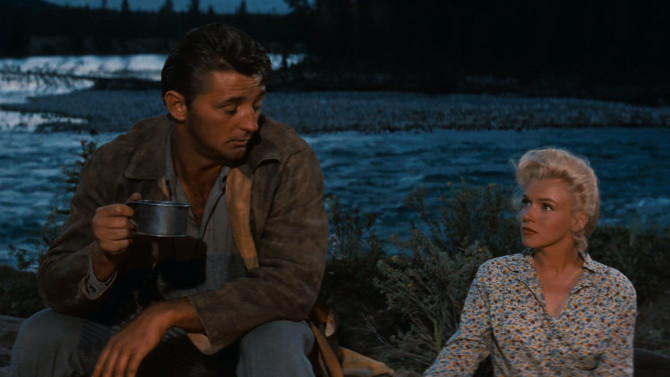
River Rafting
River of No ReturnFebruary 16, 2021Long before the wilderness of Alberta awed and amazed in Alejandro G. Iñárritu’s 2015 frontiersman epic The Revenant, it was widely featured in an impressive Technicolor CinemaScope picture, Otto Preminger’s 1954 western River of No Return. Shot in the beauty of Banff and Jasper National Parks (though some of the river scenes are shot at Salmon River in Idaho – where the actual story takes place), the scrumptious background is matched by the glorious foreground. . . which held two Hollywood greats – the chiseled features of Robert Mitchum and a woman whose looks need no descriptors, Marilyn Monroe (a rather intriguing historical note finds the actress causing a pile-up on the main street of Jasper while walking down the street in her tight-fitting jeans that she wears throughout most of the movie).
-
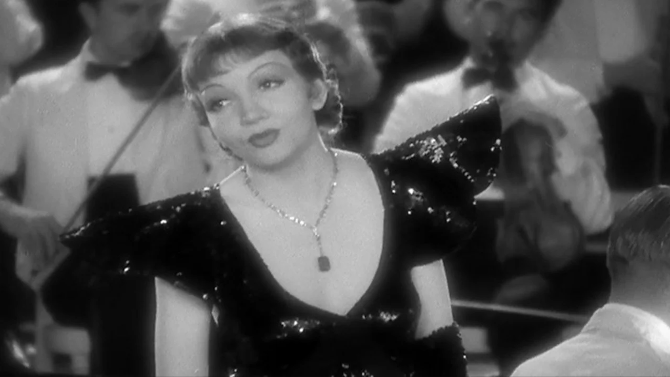
Carrying A Torch
Torch SingerFebruary 7, 2021A pre-Code movie that by today’s standards might not seem all that controversial, but would not have made it to theatres just one year later (when the Production Code started to be enforced), 1933's Torch Singer, directed by Alexander Hall and George Somnes, provides an intriguing snapshot of the time. Centred on a strong female performance (something less rare than you might expect for the 1930s) by Claudette Colbert, she plays Sally Trent, a young woman who quickly slept with her first love. . . only to find out she’s pregnant. Pause!
-
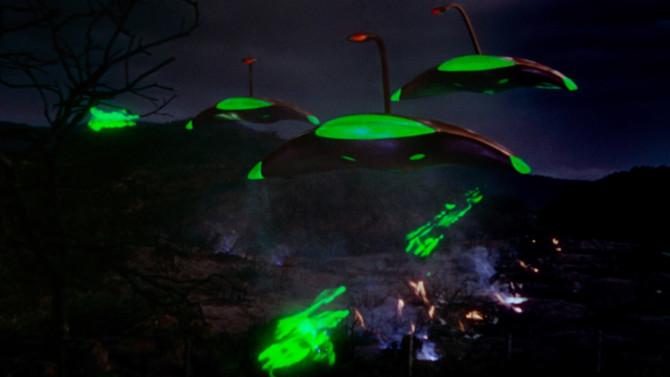
W.O.W.!!!
The War of the WorldsJanuary 24, 2021Talk about a buildup. . . starting with the First World War, then came the Second World War, it all leading to. . . The War of the Worlds!!! A gargantuan and ballsy way to introduce your film, these black and white reels from the first half of the twentieth century give way to garish colours of the Atomic Age in Byron Haskin’s modernized 1953 take on the iconic H.G. Wells novel. Controlled by ambitious producer George Pal (who both produced and directed The Time Machine), he obtained the material after it sat on legendary director Cecil B. DeMille’s desk for some three decades (it was always a dream project for him). Bringing in a talented team of creative individuals, it was longtime special effects man turned director Byron Haskin who was his choice.
-
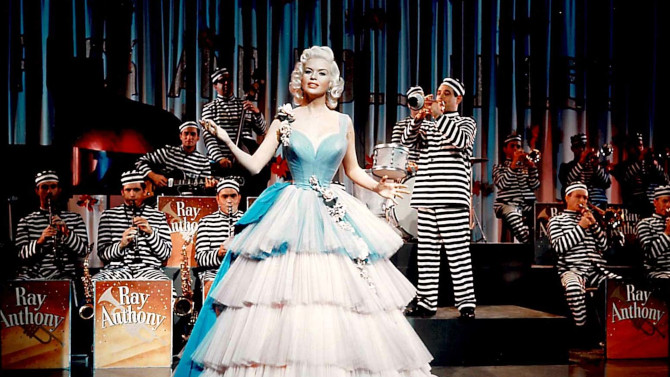
Rock `n Roll Fantasy
The Girl Can't Help ItDecember 19, 2020As light and frivolous as a wispy summer cloud meandering across a baby blue sky, 1956's The Girl Can’t Help It, written and directed by Frank Tashlin, though perhaps at first glance not as influential (or known) as its very similar cousin from the previous year, The Seven Year Itch, is an entertaining musical comedy that had a huge impact on pop culture. . . though intriguingly not on the movie industry (but more on that later). Flipping the script slightly from the Billy Wilder classic, Tom Ewell plays a similarly twitchy man, an alcoholic press agent, Tom Miller, who ironically thinks himself an adonis despite his rather frail, nervous demeanor around women. Instead of being slightly bored in a staid marriage, he has instead lost his chance at telling his former singing sensation client Julie London (as herself) that he was falling for her – she has now moved on to bigger and better things.
-
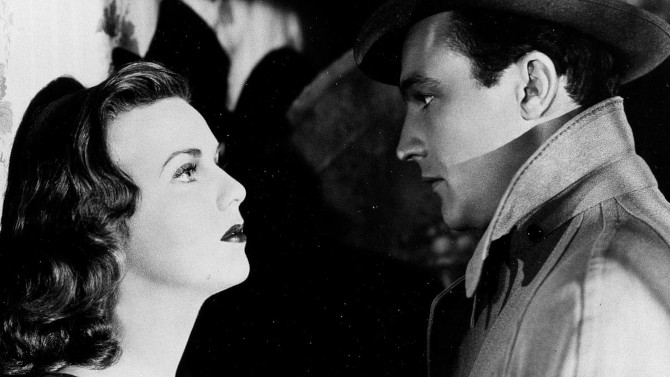
Christmas Follyday
Christmas HolidayDecember 13, 2020If you’ve delved into the world of film noir, you’ve likely seen a number of unusual ones. . . some may be set in other countries, or in a winter wonderland (a far cry from the expected asphalt jungle that is Los Angeles), even a nuclear bomb can be found in a mid 50s example. . . yet one set during the holiday season? That’s right, 1944's Christmas Holiday, directed by the great Robert Siodmak (Phantom Lady; Criss Cross), might mislead a few with its title (but more on that later). A vehicle for two very unexpected stars for this type of picture, Deanna Durbin (a name perhaps less known today), was a child actor turned girl next door who is often credited with helping save Universal Studios during the Great Depression. Close to bankruptcy, the teenage star took the world by storm, her musical numbers a massive draw in features like Three Smart Girls (at the age of only 14) and One Hundred Men and a Girl, it all leading to an Academy Juvenile Award in 1938. Her first role in which she attempted to break out of this child-like ingenue typecasting, you might be able to guess that there were many who were shocked and unimpressed by this new Durbin.
-
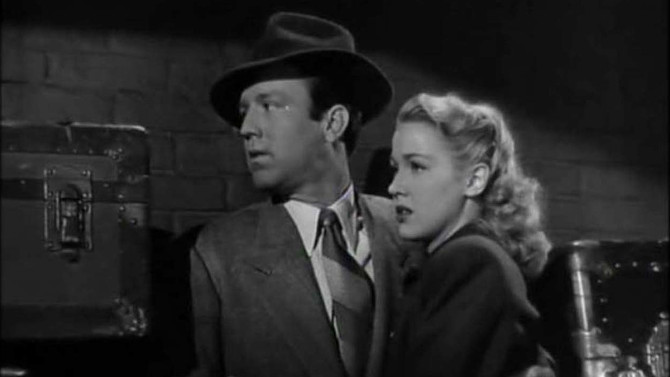
Desperately Seeking Steve
DesperateNovember 29, 2020Sometimes you just can’t catch a break. As if fate itself is against you, the dominoes fall, one at a time, each bringing with it another problem that places you in a further bind. Increasingly more Desperate (1947), you have to measure every step appropriately, for the tagline dramatically suggests, “MURDER at any moment! SUSPENSE. . . in every step!!!”. A film noir directed by Anthony Mann (he is also co-credited for the story along with Dorothy Atlas), our unlucky man is Steve Randall (Steve Brodie), a vet who has just returned from World War 2. Though he has married and found a job (as a truck driver), the next domino falls when a wily criminal gang, led by Walt Radak (Raymond Burr – yes, Perry Mason himself), reaches out to him for his driving skills and giant vehicle (on his anniversary, no less).
